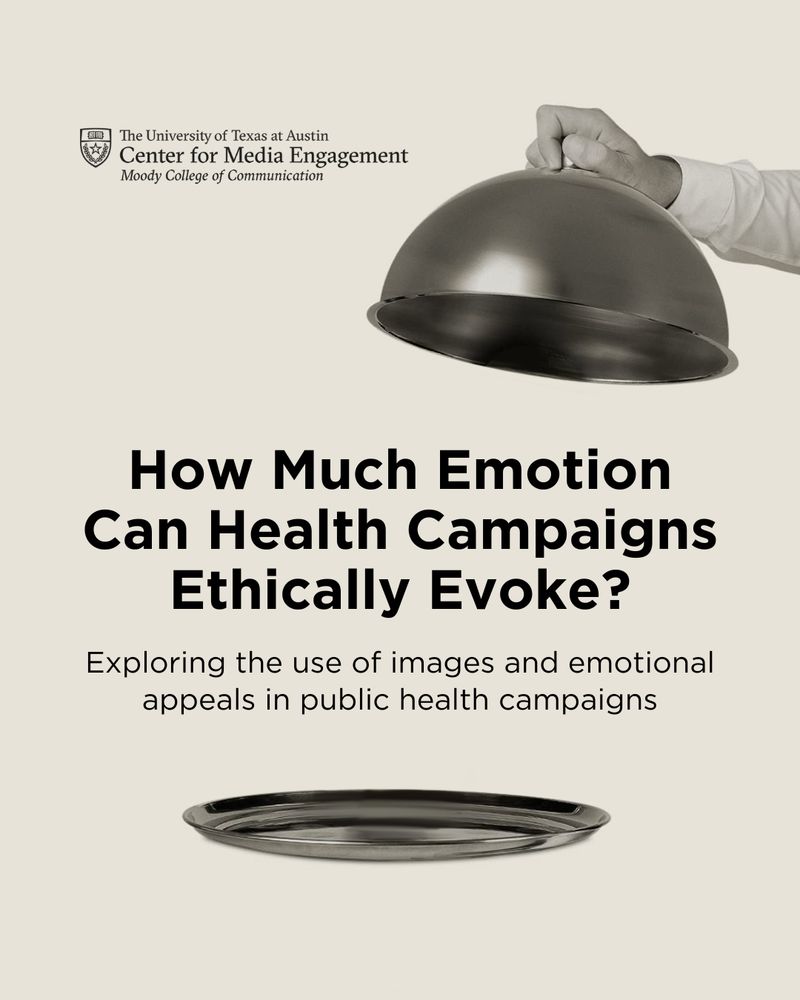Center for Media Engagement
@engagingnews.bsky.social
2.8K followers
220 following
840 posts
The Center for Media Engagement at UT Austin is a first-of-its-kind center that partners with newsrooms, social media platforms, and public and private organizations to develop research, tools, and strategies that improve media practices.
Posts
Media
Videos
Starter Packs























